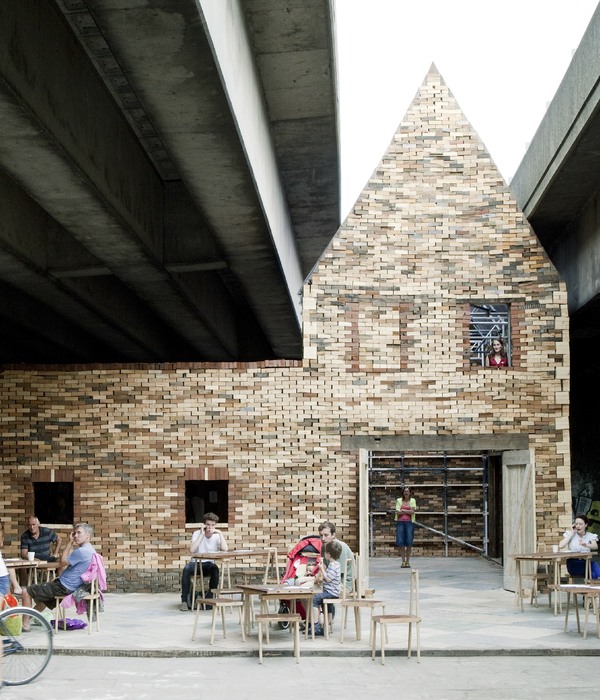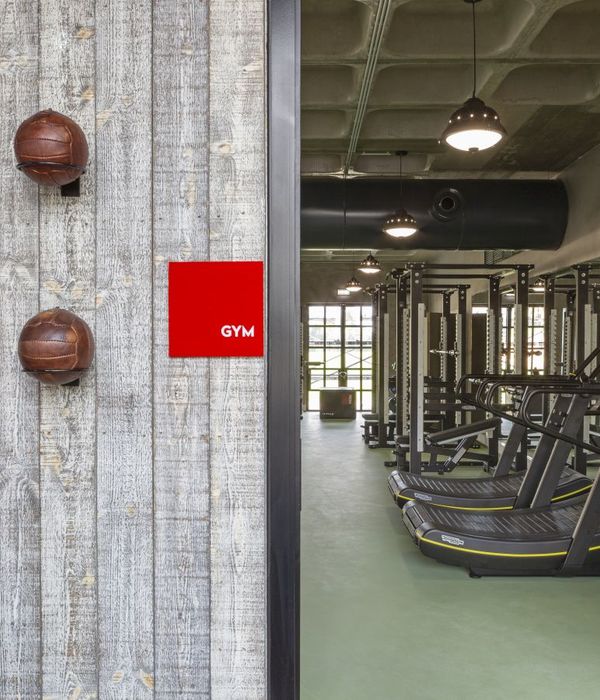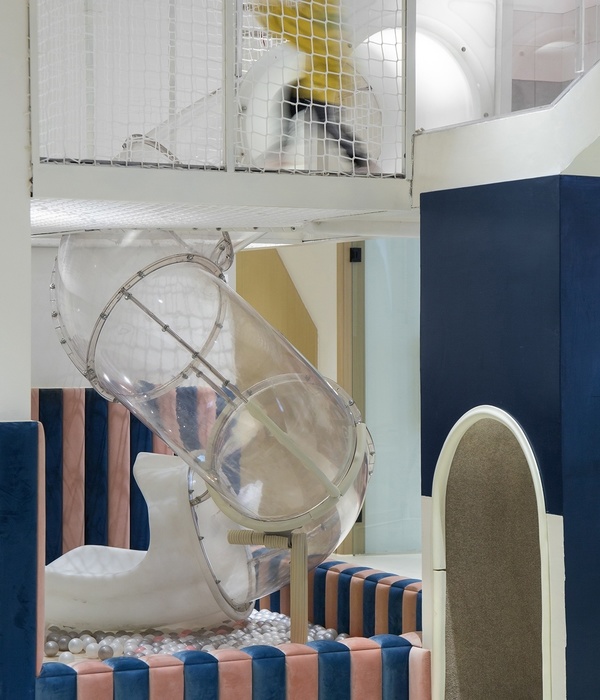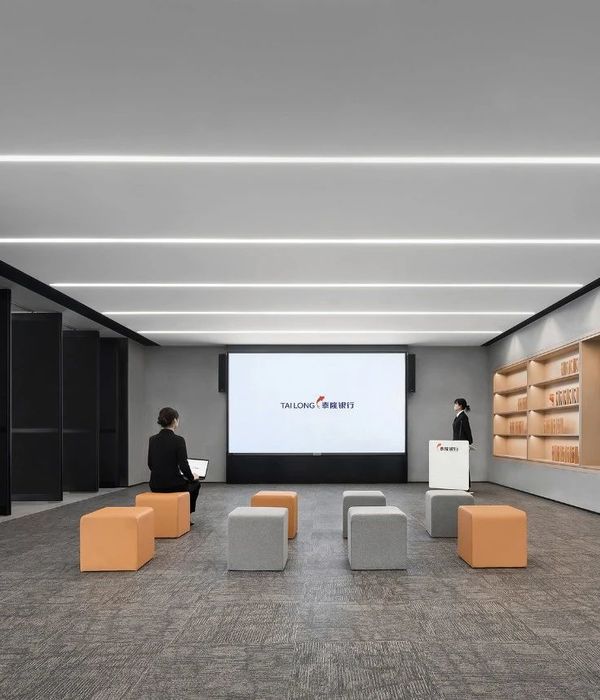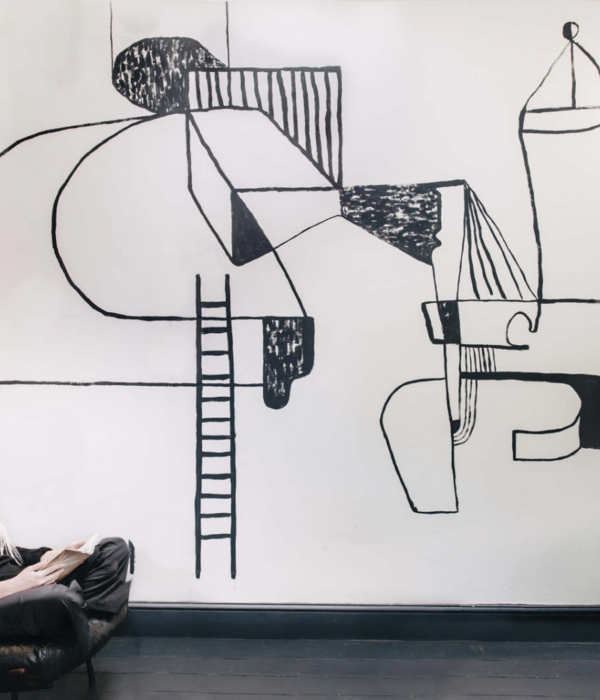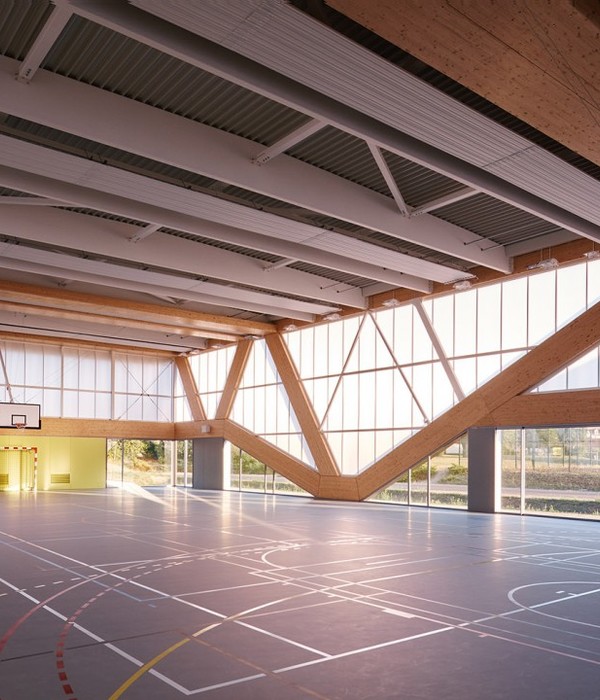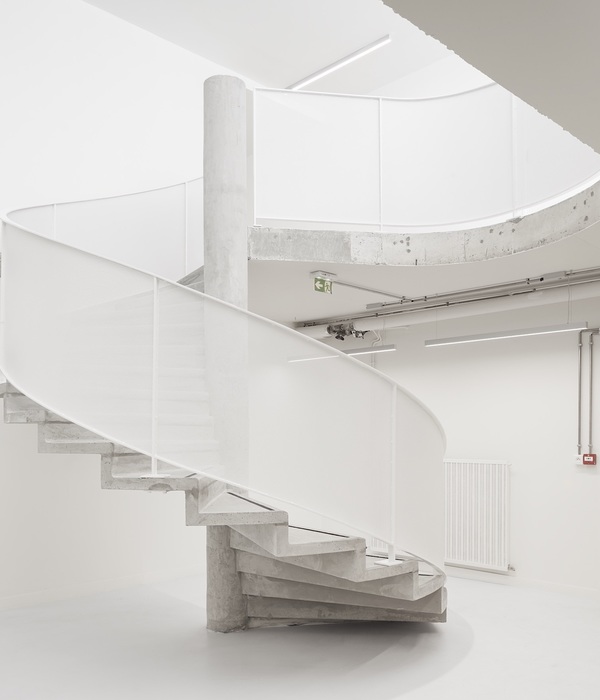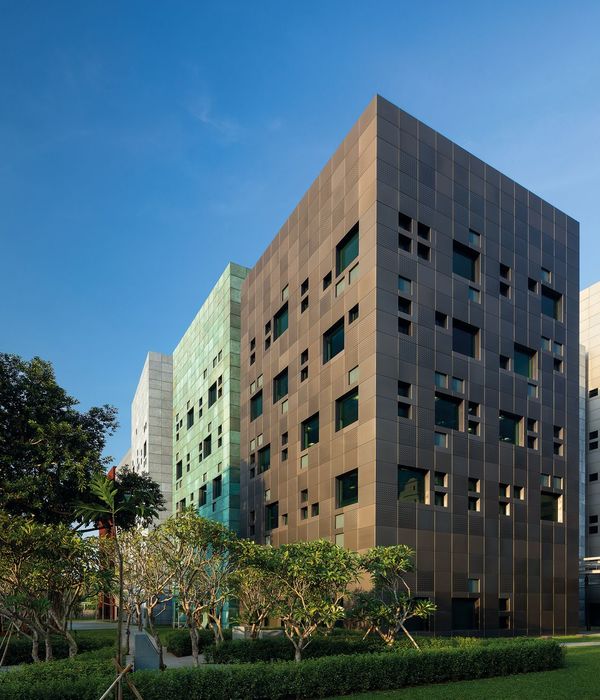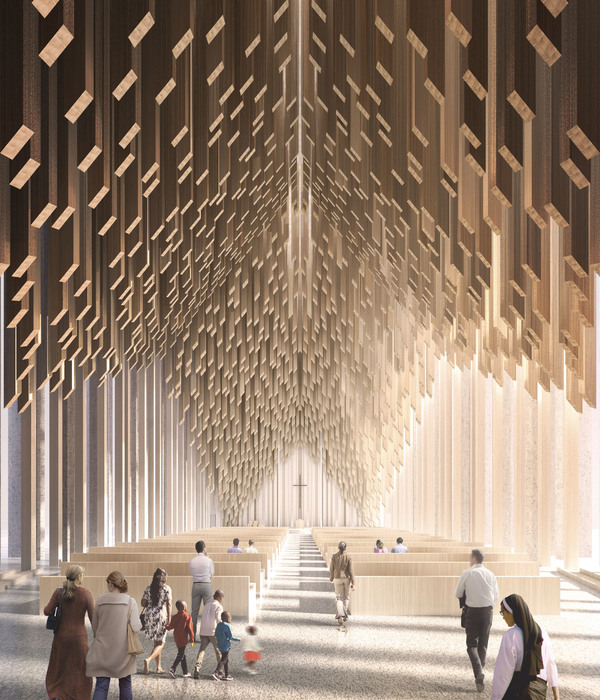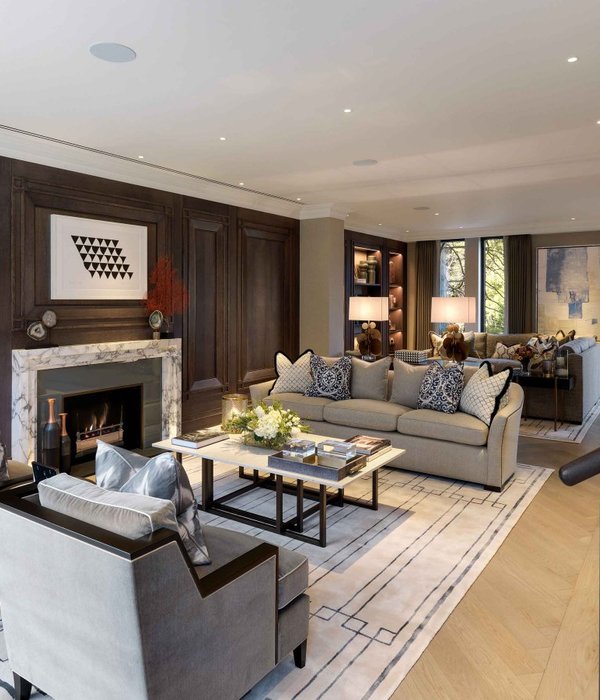▼点击浏览视频,vedio
位于南京市长江路上的江苏省美术馆老馆前身为国立美术陈列馆, 1936年建成,是中国近代历史上第一座专业美术馆。建筑师奚福泉(1902-1983)早年留学德国,于1929年获柏林工业大学博士学位后回国,为南京设计了国立美术陈列馆(1936)、国民大会堂(1936,现人民大会堂)和中国国货银行南京分行(1936)。奚福泉的作品造型简洁,在细部融入了中国传统元素,是中国20世纪前期新民族主义建筑的代表。国立美术陈列馆于1936年12月27日落成,次年4月正式开放。在之后的战争岁月中,建筑虽得以幸存,却被另作他用,直至1960年9月重新命名为“江苏省美术馆”,沿用至今。
Located on the Changjiang Road, Nanjing, the old Jiangsu Art Museum, used to be the predecessor of National Gallery of Fine Arts, built in 1936, was the first art museum in Chinese modern history. Architect Xi Fuquan (1902-1983), who studied in Germany, returned to China in 1929 with his Ph.D. degree awarded by Technische Universität Berlin and designed National Art Gallery (1936), National Congress Hall (1936) and Nanjing Branch of China National Bank (1936) for Nanjing, the capital city of China. Xi Fuquan’s works are presented in form of simplicity, integrating traditional Chinese elements into details, standing as the representatives of the New Nationalism Architecture in early 20th century of China.The National Gallery of Fine Arts was completed on December 27, 1936 and opened in the next April. Although the building survived after the war broke out later, yet it was then used for other purposes. Not until the September of 1960 it was renamed as “Jiangsu Art Museum”, which is still in use today.
▼安检亭东立面 east view
▼从大门看安检亭 view from the courtyard gate
美术馆由低矮的院墙围合,由长江路至主楼的门前广场呈现严格的中轴对称格局。院门是立柱式三楹大门,东西两侧各有一座方形平顶警卫室。进入院门为花岗岩铺地的广场,直通美术馆正门,自南向北对称分布着两株桂树、两座华表和两根旗杆。广场两侧各有一片草坪,同样对称种植着高大雪松。从长江路沿中轴线望去,展馆主楼在院门、桂树、华表、雪松的层层框定下尤显端庄。2016年正值建馆80周年,老馆计划于元旦期间重新对外开放。为应对公共建筑使用的安保要求,需增设安检设施,而老馆原有空间不具备增设条件,因此决定在门前广场加建安检亭,重新梳理参观流线与馆前广场空间。
新置入的安检亭不能违背中轴对称的历史性格局,也须避免对场地内草坪树木的破坏。由此建造的范围基本被限定在门房背后,华表与草坪之间的区域内。设计以场地现有的桂树为起点,以“花器”之形环抱承托桂树,连续的屋面向北延伸进而收窄,从华表和草坪之间穿过,结束于草坪末端。形体轮廓收于警卫室正面边缘,屋面高度则与其窗洞上口齐平,并略低于华表。整个形体隐身于警卫室背后。内收的曲线轮廓在安检亭与华表之间留出空间。檐口曲线微妙地改变了视觉透视,将主体建筑向前拉近,迎向观众。
▼警卫室,安检亭和华表 guard room, security pavilion and column
The museum is enclosed by low courtyard walls. A central axis appears from Chang Jiang Road to the square of front entrance strictly symmetrizes the layout. Three doors partitioned by columns make the front gate, east and west sides respectively locating a square flat top guard room. Granite-paved square welcomes visitors into front courtyard, leading them straightforward to the front entrance of the museum. Two sweet-scented osmanthus trees, two Ornamental columns and two flagpoles are symmetrically distributed from South to North. Both sides of the square are occupied by lawns, ornamented with tall and straight cedars symmetrically. Viewing from the central axis from Chang Jiang Road, the main building, framed by multilayered courtyard gate, sweet-scented osmanthus trees, columns, cedars, appears to be dignified.The year of 2016 was the 80th anniversary of Jiangsu Art Museum, and the old museum was scheduled to re-open to the public during the New Year’s holiday. To meet the security requirements for the use of public buildings, additional security facilities were in need. Since the existing spatial condition could not accommodate additional facilities, security pavilion was decided to be built up at the square of the front entrance, to re-organize visitors’ circulations and the out-door space of the front square.
The new added security pavilion cannot violate the historical symmetrical layout spread along the central axis, and should avoid the destroy of the lawns and trees in the site. Thus, the construction is basically limited within the area behind the guard room, and between the columns and lawns.This design chooses the existing sweet-scented osmanthus tree in the site as the starting point, encircling and holding it up in the shape of a “flower-vase”, the continuous roof extending towards north and gradually narrowing, passing through the columns and lawns, terminating at the edge of the lawn. The contour of designed form draws back at the front edge of the guard room, the roof height aligning with its upper window edge, and slightly lower than the ornamented column. The whole body is hidden behind the guard room. The narrowing curved contour leaves space between the guard room and column. The curve of cornice delicately varies the visual perspective, pulling the main building forward, facing towards the audience.
▼美术馆和安检亭 museum and security pavilion
桂树成为内外空间转承的节点。环抱桂树的花器在树影婆娑间将光引入檐下。观众在桂树与光影的引导下步入安检亭,行进中独特的空间构成给人们提供了一个观看这座历史建筑的全新视角。九、十月间,这条走进艺术的路径充盈着沁人心脾的樨香。连续单质的形体与场地的施工条件决定了轻型结构、预制拼装的施工方法。安检亭主体采用钢结构,围护结构与面层由GRC(玻璃纤维增强混凝土)整体成形。由于场地运输限制,整个形体分为26个部件,在工场预制加工,现场拼装。美术馆老馆的墙面为斩假石,在80年的岁月中大部分依旧完好,愈发呈现出粗粝沧桑的时间感。GRC面层以老馆斩假石效果打样,在拌料中加入较大颗粒砂石,在表面硬化之前施以人工斧凿。“挂起来的斩假石”使得安检亭在老馆与门房之间浑然一体。弧形的屋面轻轻托起桂树,空间在桂树下打了个结,钻入那低平的阴翳之中。观众在忽明忽暗的树影与忽远忽近的樨香中离开街市的尘嚣,步入历史与美术……
▼安检亭内的桂树 osmanthus tree enclosed by the pavilion
▼环抱桂树的花器将光引入檐下, the flower vase introducing light beneath the roof, with the shadow of trees wobbling in the breeze
The sweet-scented osmanthus tree becomes the transitional node linking the internal and external space. The flower vase, encircling the sweet-scented osmanthus tree, introduces light beneath the roof, with the shadow of trees wobbling in the breeze. Under the guidance of the sweet-scented osmanthus tree and the generated light-shadow effect, audiences step into the security pavilion, the unique spatial configuration offering an innovative view of this historic building during their movement. This path stepping into art is filled with refreshing fragrance, specifically in Septembers and Octobers.The continuous and homogenized form, together with construction conditions of the site, determines the light-weighted structure and its construction method of assembling prefabricated pieces. The main body of the pavilion employs steel structure, with GRC (glass fiber reinforced concrete) entirely shaping the envelop and surfaces. Due to the transport restrictions on site, the entire form was divided into 26 pieces, prefabricated in the factory, and assembled on site.The finishment of the old museum’s façade are artificial stone coated, most of which staying intact after 80 years, the coarse coating even presenting a sense of persistence after vicissitude. The sample of GRC surface layer was made to imitate the appearance of artificial stone coating. During material mixing, larger particles of gravel were added. The surface was chisel pitched before it got hardened. “suspended artificial stone” makes the security pavilion and the old museum integrate as a seamless whole.The curved roof gently holds up the sweet-scented osmanthus tree, the space tying a knot under the tree, slipping into the low and flat shadows. Accompanied by the delicate variations of somberness and brightness of the tree’s shadow and its subtle fragrance, audiences step away from the street hubbub, and enter into history and art…
▼被屋顶托起的桂树 osmanthus tree held up by the curved roof
从设计到建造完成历时两个半月,“桂·花器”安检亭在国立美术陈列馆80周年庆典之际如期竣工。沉静的材质塑造着流动的空间,愿这轻和新的结构被八十年的美术历史所接纳,携手老馆,静享岁月,印刻时光。
This project took two and a half months, from design to the completions of construction. Osmanthus Vase -security pavilion was completed on schedule for the 80th anniversary of National Gallery of Fine Arts. Taciturn material shapes flowing space, the light and new structure is wished to be admitted by the 80-year long art history, jointly with the old museum, enjoying their upcoming time in peace, and imprinting momentos.
▼灯光随安检亭曲线隐藏于屋顶之下,light follows the curve and hidden under the roof
▼ 夜幕时分 pavilion in the twilight
▼平面图/吊顶平面/屋顶平面图,plan,roof plan
▼剖面图,section
▼结构分解轴测图,axon
项目名称:桂·花器 江苏省美术馆老馆(原国立美术陈列馆)安检亭 项目地点:南京市 项目功能:安检亭 建筑面积:总计180平方米(分左右两部分,单边90平方米) 设计时间:2016.10-12 建造时间:2016.12-2017.01 建筑设计:东南大学风土建筑工作室 张彤 姚远 孙柏 肖葳 结构设计:东南大学建筑学院 淳庆 施工单位:南京倍立达新材料系统工程股份有限公司 摄影:陈颢,张彤
Project Name: Osmanthus Vase-Security Pavilion of Old Jiangsu Art Museum (Predecessor of National Gallery of Fine Arts) Project Location: Nanjing Project Function: Security Pavilion Architecture area : 180㎡ in total (composed of both right and left part, respectively with an area of 90㎡) Design period: October – December 2016 Construction period: December 2016 – January 2017 Architecture Design: ZHANG Tong, YAO Yuan, SUN Bai, XIAO Wei, DesignLab, Southeast University Structure Design: CHUN Qing, School of Architecture, Southeast University Construction Team: Nanjing Beilida New Material System Engineering Co., Ltd. Photographs: CHEN Hao, ZHANG Tong
{{item.text_origin}}

